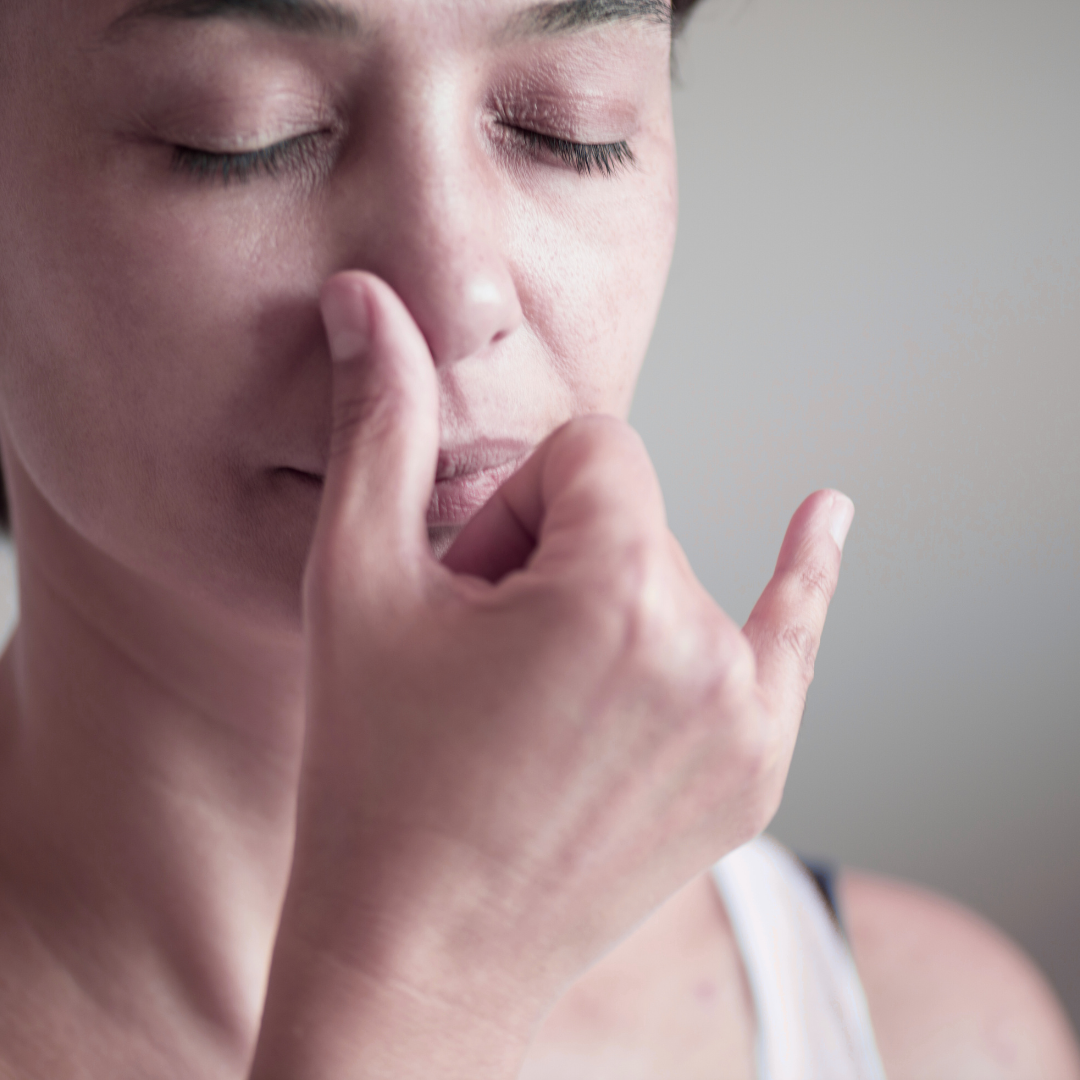Can MCAS Trigger Anxiety and Panic? The Histamine Connection Explained
Addressing MCAS and calming the nervous system together can reduce unpredictable anxiety and help your body feel safe again.
If you’ve ever had anxiety that comes out of nowhere, a racing heart, a wave of dread, feeling shaky or lightheaded, and you can’t find a reason for it, you’re not alone. For some women, these moments aren’t purely emotional. They can be the body’s reaction to something called mast cell activation.
Mast Cell Activation Syndrome, or MCAS, is being recognized more often as a hidden driver of anxiety, panic, and fatigue. Understanding how histamine and the nervous system interact can bring clarity and open the door to new ways of feeling calm again.
What Is MCAS and Why It Affects So Much
Mast cells are immune cells. They release chemicals, like histamine, that help defend you from things your body sees as threats. In MCAS, these cells become overly sensitive and start releasing these chemicals too often and too easily. The result is a body that’s constantly on alert.
Because mast cells are found all over the body, their activation doesn’t just cause hives or allergies. It can affect the gut, brain, heart, and nervous system. This is why MCAS can show up as flushing, diarrhea, dizziness, brain fog, rapid heartbeats, and, for many women, sudden anxiety or panic.
The MCAS Anxiety Link: Why It Feels Like Panic Out of Nowhere
Histamine isn’t just about allergic reactions. It’s also a messenger in your brain. When histamine levels are too high, they can overstimulate certain parts of the brain and nervous system. For someone with MCAS, a small trigger, a food, a scent, a stressful event, can lead to a big release of histamine. That sudden surge can make the body feel like it’s in danger, even when you know you’re safe.
This is why panic can feel random. You might be sitting at home, feeling fine one moment, and the next your heart is pounding, your hands are shaking, and there’s no clear cause. It isn’t “just in your head.” It’s a chemical storm that your nervous system is reacting to.
“Histamine can overstimulate the brain and nervous system, creating panic that feels random but has a physical trigger.”
Mast Cell Activation and Panic Symptoms
When mast cells release histamine, the nervous system speeds up. This can look like:
A racing heart or palpitations
Feeling dizzy or faint
A sudden need to flee or hide
Shortness of breath or chest tightness
Hot flashes or flushing
Brain fog right after the panic ends
Many women with MCAS are told they “just have anxiety,” even when these episodes started after an illness, mold exposure, chronic stress, or hormonal shifts. Being dismissed makes it even harder to find help.
Histamine and Anxiety: Why Support Matters
The more histamine builds up in the body, the more reactive the nervous system becomes. This creates a loop. Mast cells release histamine, the nervous system speeds up, your body perceives danger, and the cycle repeats. Over time, this loop keeps your system on edge.
Calming this loop takes a two-part approach: supporting the nervous system and identifying what is triggering the mast cells. This is where functional lab testing and root cause medicine shines, looking at patterns, triggers, and the bigger picture instead of just the symptoms.
Common Triggers for MCAS Anxiety Episodes
Everyone’s triggers are a little different, but there are some common themes:
Food: Fermented foods, alcohol, leftovers, certain fruits like strawberries or citrus
Environment: Mold exposure, strong scents, changes in weather
Stress: Emotional stress can be just as triggering as a physical allergen
Hormonal shifts: Many women notice worsening symptoms during their menstrual cycle
Sometimes these triggers are obvious. Other times, it takes careful tracking and the right testing to uncover them.
Gentle Strategies You Can Start Today
If these episodes sound familiar, here are small steps you can begin right away:
Nervous system calming practice: During a flare, try a slow breathing pattern. Place one hand over your chest and one over your belly. Breathe in for a count of four, pause briefly, and exhale slowly for a count of six. Even a few minutes can signal safety to your body.
Keep a simple log: Write down what you ate, how you slept, and when symptoms show up. Over a few weeks, you may see patterns that make triggers clearer.
Lower histamine exposure: When symptoms are active, choose fresh, whole foods and avoid leftovers or highly processed foods. This can reduce the histamine burden on your body.
Hydrate: Water helps the body process histamine more effectively.
These steps don’t replace medical care, but they are a gentle place to start while you’re waiting for more comprehensive support.
“For some women, panic isn’t just emotional—it’s the body’s chemical response to mast cell activation and a surge of histamine.”
Next Steps for Real Relief
If your anxiety has felt unexplainable, there may be more to the story than you’ve been told. Addressing mast cell activation and its impact on your nervous system can be a turning point.
This is where we come in. At our clinic, we use functional lab testing to uncover root causes of histamine imbalances, triggers, and patterns that standard bloodwork often misses. Then we create a personalized plan to calm the nervous system, lower reactivity, and help your body feel safe again.
Inside the Nervous System Healing Code, we guide you step by step through nervous system regulation tools, gentle lifestyle changes, and functional strategies that help reduce these flare cycles over time. Many of our clients report fewer panic episodes, clearer thinking, and a body that finally feels like it can rest.
You don’t have to keep wondering why panic comes out of nowhere. You can learn what’s driving it and take steps to calm your body from the inside out.
If you’re ready for that clarity and support, you can join the program or schedule a 1:1 consultation with us today.
































